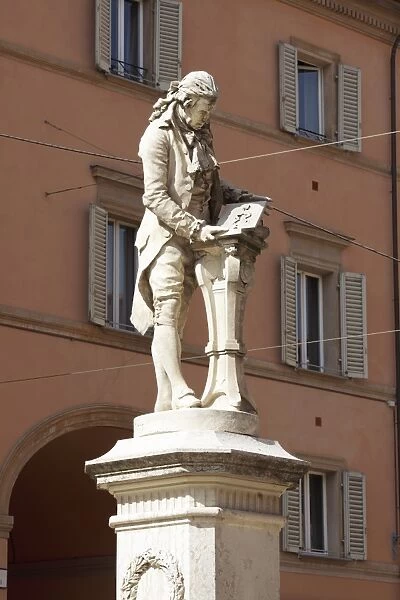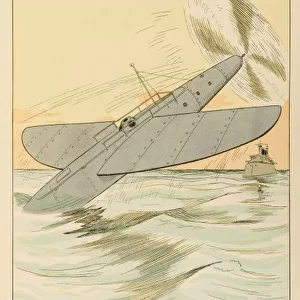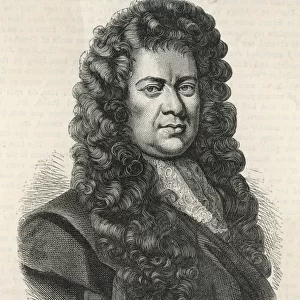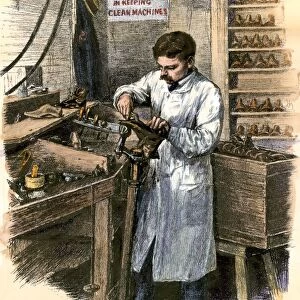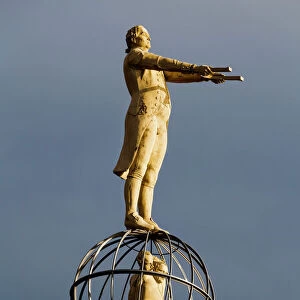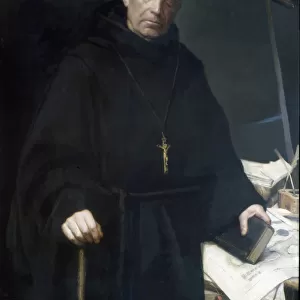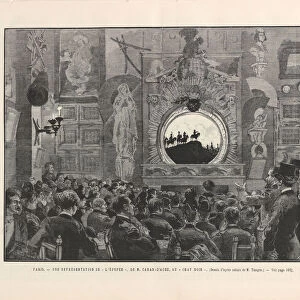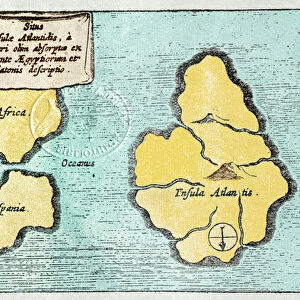Home > Science > Scientists
Luigi Galvani statue, Bologna, Italy
![]()

Wall Art and Photo Gifts from Science Photo Library
Luigi Galvani statue, Bologna, Italy
Luigi Galvani statue. Italian anatomist Luigi Galvani (1737-1798) noticed that dead frogs twitched when included in a circuit with metals (books and a dissected frog shown here). This led him to propose that animal electricity was responsible, generated by the nerve and muscle tissue in the dead frog. This theory was later shown to be false by Volta in 1800, who showed that the electric current was generated by the metals. The galvanometer and galvanisation are both named after Galvani. This marble statue, unveiled in 1879 in the Piazza Galvani, Bologna, Italy, is by the Italian sculptor Adalberto Cencetti (1847-1907)
Science Photo Library features Science and Medical images including photos and illustrations
Media ID 9201619
© MARTIN BOND/SCIENCE PHOTO LIBRARY
1700s 1879 18th Century Anatomist Biologist Dissected Electrical Electricity Experiment Experimenting Frog Italian Italy Marble Memorial Monument Neurobiology Physicist Physiological Physiology Researching Scientist Sculpture Statue Stone Surname G Bologna Galvani Luigi Luigi Galvani Nervous System Neurology Physical Public Square
FEATURES IN THESE COLLECTIONS
> Science
> Scientists
EDITORS COMMENTS
This print showcases the magnificent Luigi Galvani statue, located in Bologna, Italy. The statue pays tribute to the renowned Italian anatomist Luigi Galvani (1737-1798), whose groundbreaking observations revolutionized our understanding of electricity and physiology. Galvani's remarkable discovery occurred when he noticed that dead frogs exhibited involuntary muscle contractions when connected to metals within an electrical circuit. This led him to propose the theory of animal electricity, suggesting that nerve and muscle tissue generated this mysterious force. However, it was later proven by Volta in 1800 that the electric current was actually produced by the metals themselves. The significance of Galvani's work is immortalized through various scientific terms named after him, such as galvanometer and galvanization. Adalberto Cencetti, a talented Italian sculptor from the late 19th century, crafted this exquisite marble statue which was unveiled in 1879 at Piazza Galvani. Capturing both history and nature within its frame, this photograph beautifully portrays a dissected frog alongside books symbolizing research and experimentation. It serves as a reminder of Galvani's immense contributions to biology, anatomy, neurology, and physics during his lifetime. As we admire this sculpture today in the bustling public square of Bologna amidst modern times, let us reflect on how one man's curiosity sparked a journey towards unraveling some of science's greatest mysteries.
MADE IN THE USA
Safe Shipping with 30 Day Money Back Guarantee
FREE PERSONALISATION*
We are proud to offer a range of customisation features including Personalised Captions, Color Filters and Picture Zoom Tools
SECURE PAYMENTS
We happily accept a wide range of payment options so you can pay for the things you need in the way that is most convenient for you
* Options may vary by product and licensing agreement. Zoomed Pictures can be adjusted in the Cart.

